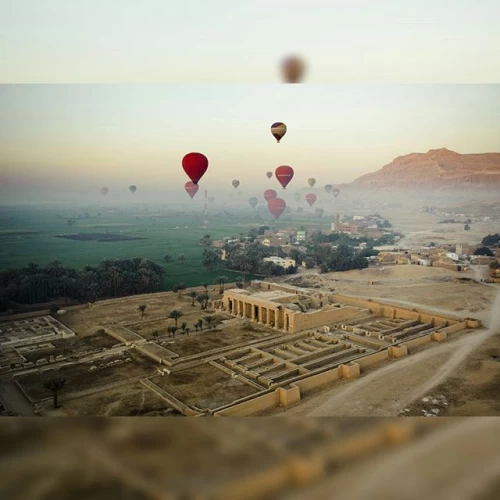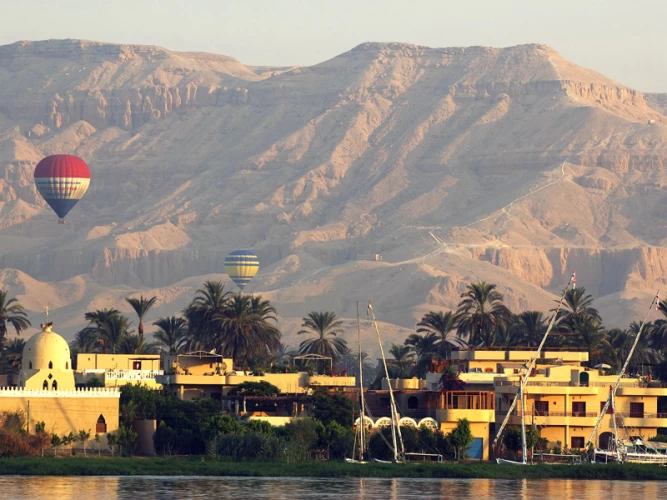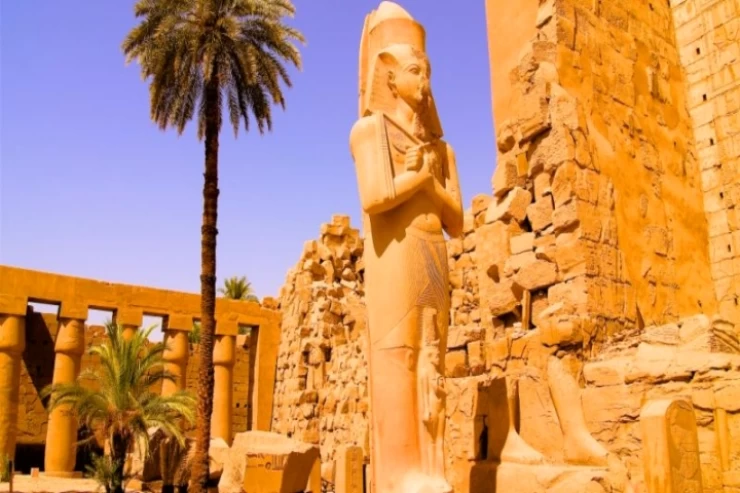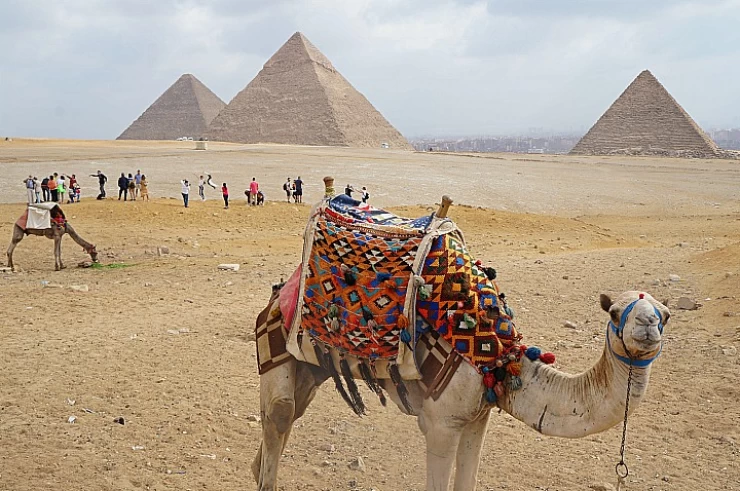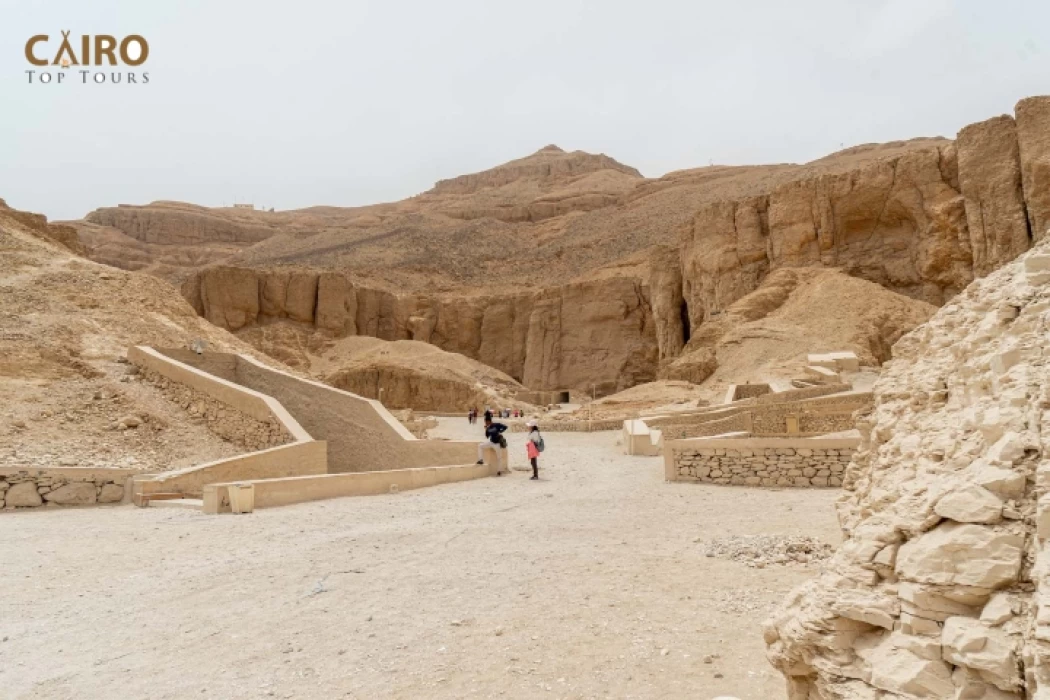
valley of the new kingdom kings in upper Egypt
The Valley of Kings is one of the most important funerary tombs for pharaohs. It is a place full of treasures, especially within the tombs of New Kingdom pharaohs.
At its location, where storms often struck and storms smashed everything to pieces, many tombs were buried. But over the course of time, large numbers of very important tombs have been discovered here.
One of the most important tombs is the tomb of Hatshepsut. Its uniqueness lies in the style and system of tombs of this particular dynasty. One is also the tomb of Amenhotep II, an elegant example of the tombs of the era.
No less important are those of the 19th Dynasty, which is rich as well. Many such tombs are there, like the tomb of Ramses I, which is unique in its style among the others, and the tomb of Ramses II, and again the tomb of Saptah is one of the most beautiful of the noveteenth Dynasty.
The first tomb discovered, that of Set Nakht, and the most important tomb that dates back to the 20th Dynasty is Ramses III's tomb, known as the tomb of the harpists. It is a significant tomb of significance in its design, which to some extent obliged the kings who came after Ramses to imitate the same style of building their tombs.
The tombs were stolen in various eras, which explains the presence of Greek and other language inscriptions and it was also used in the Christian era as homes and churches, despite the theft that stolen the region, we have kept many important tombs and treasures, such as the tomb of Tutankhamun, the king of the Golden Mask.







